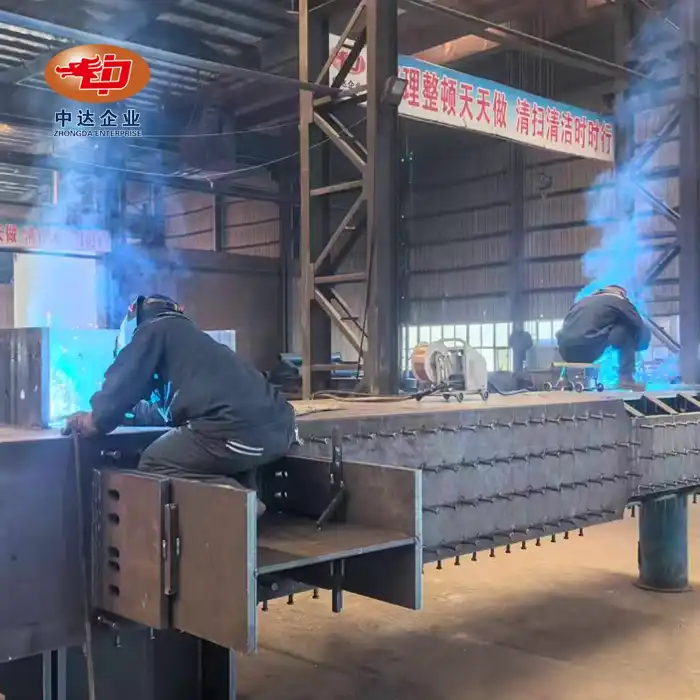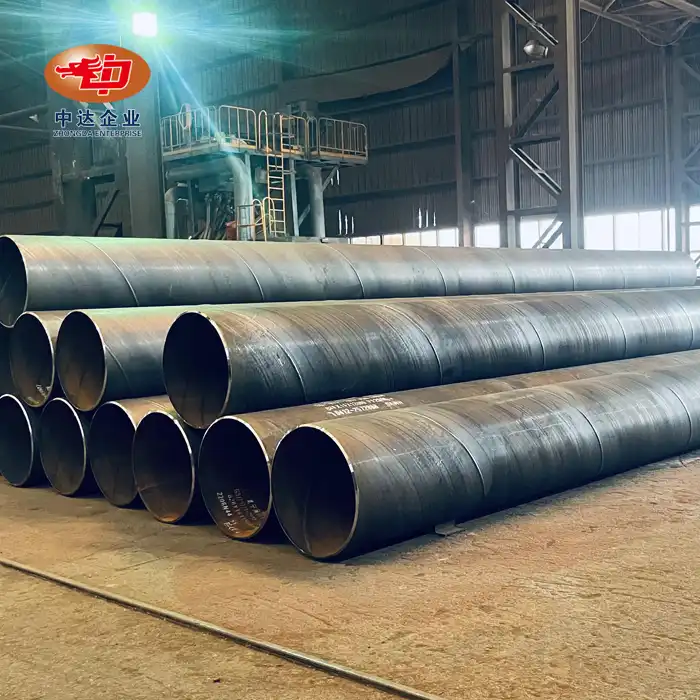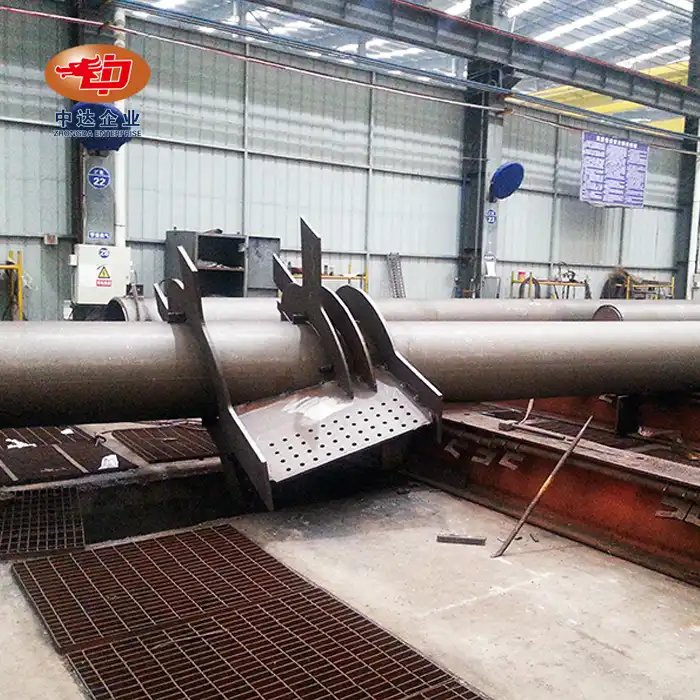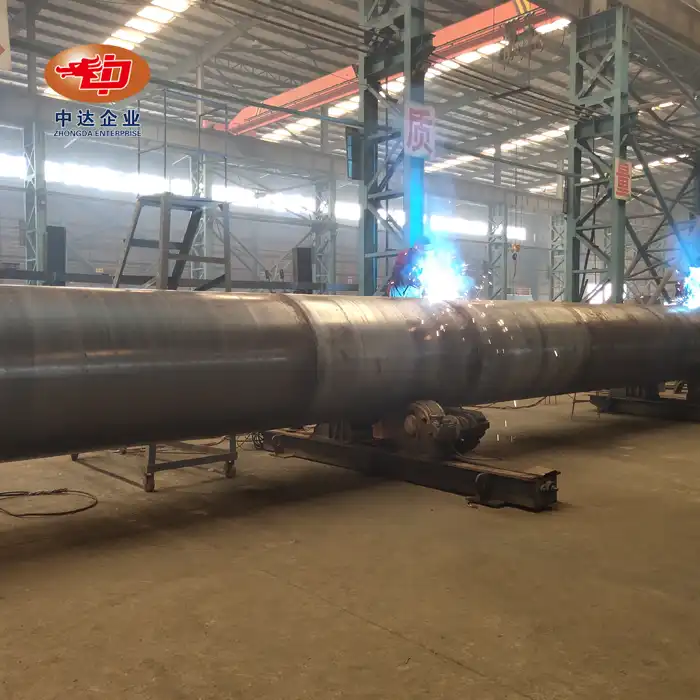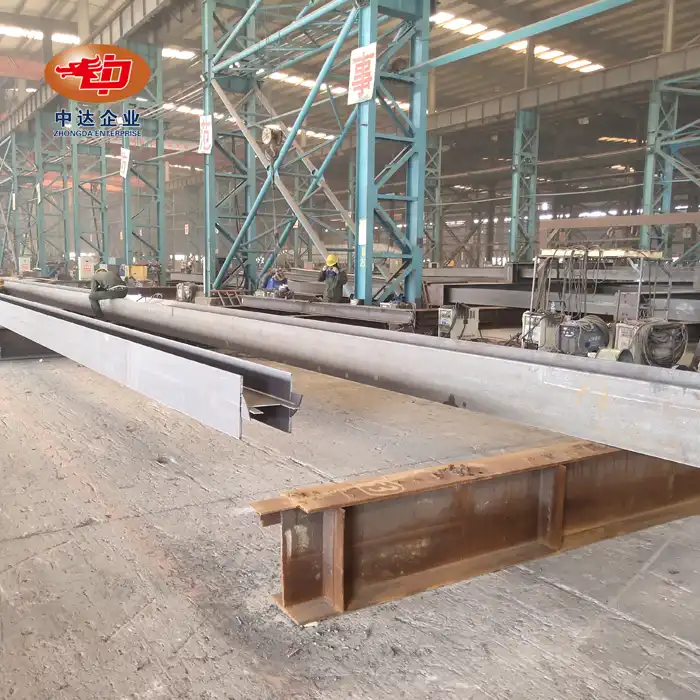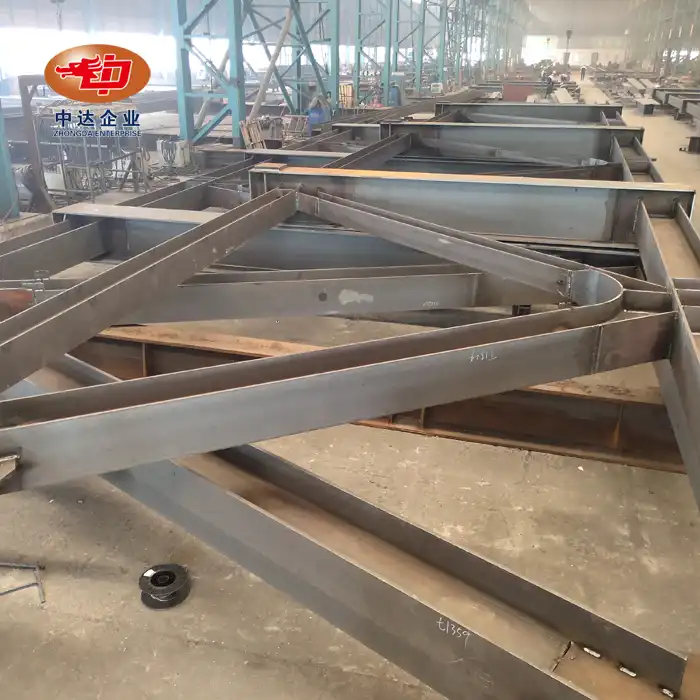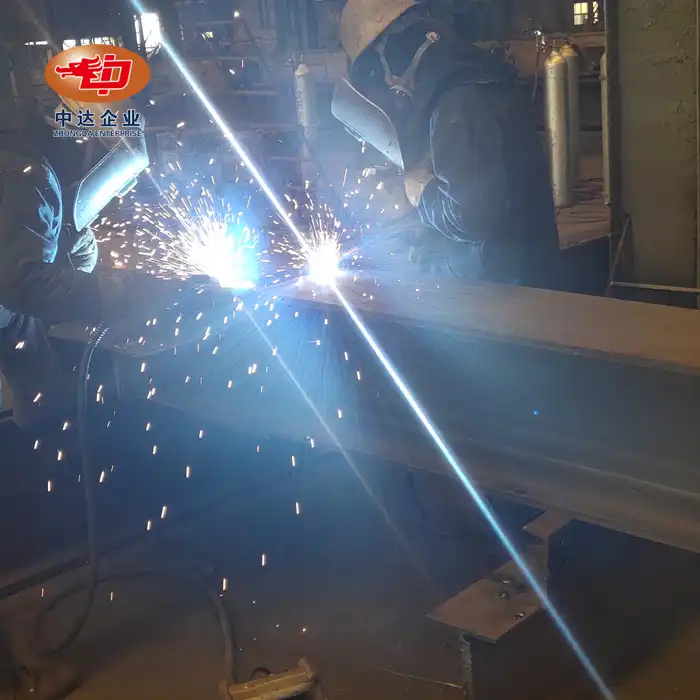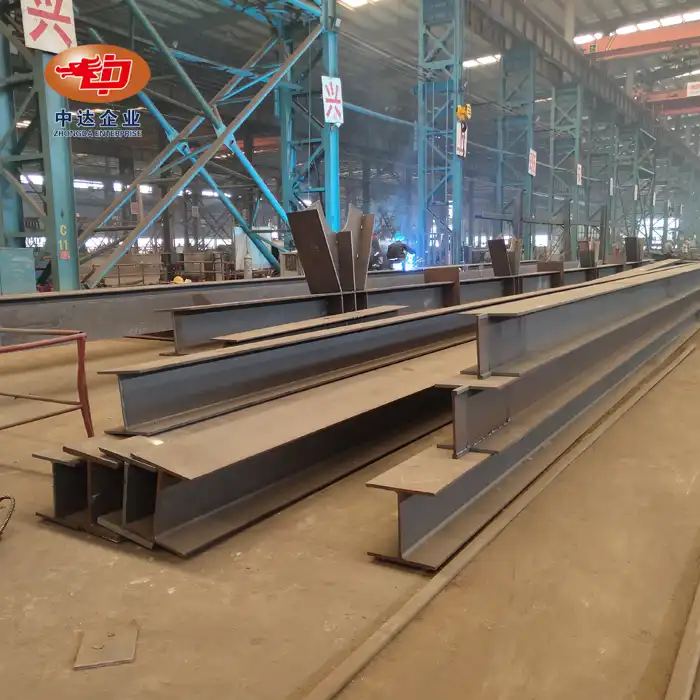Structural Integrity and Durability
Steel's Strength-to-Weight Ratio
Steel structures are renowned for their exceptional strength-to-weight ratio, enabling the construction of taller, more slender buildings with less material usage. This is especially beneficial for high-rise hotels in dense urban environments where space and weight constraints are critical. Steel's inherent ductility also provides excellent resistance against seismic activity, enhancing safety in earthquake-prone areas. Zhongda Steel's precise ultra-thick plate cutting, with ±0.2mm accuracy, guarantees that each component meets stringent structural requirements for the most challenging hotel designs.
Concrete's Thermal Mass and Fire Resistance
Concrete offers significant advantages through its thermal mass, which helps stabilize indoor temperatures by absorbing and releasing heat, thereby lowering energy consumption in steel structure hotel operations. Moreover, concrete naturally provides robust fire resistance, offering an essential safety feature for occupants. Although steel is less inherently fire-resistant, modern engineering solutions include advanced fire-resistant coatings and treatments that enable steel structures to comply with rigorous fire safety regulations while maintaining their structural benefits.
Long-Term Performance Considerations
Both steel and concrete materials deliver impressive longevity when maintained properly. Steel structures, especially those using Zhongda Steel's -60°C Weathering Steel Anti-corrosion Technology, exhibit outstanding durability even under extreme environmental conditions. Concrete, while generally weather-resistant, may require more frequent upkeep to address common issues such as cracking and spalling. These maintenance demands can impact lifecycle costs, making material selection critical depending on the specific environmental and operational context of the hotel project.

Construction Efficiency and Cost Factors
Speed of Construction
Steel structure hotels benefit greatly from accelerated construction timelines due to the prefabrication of components off-site. This approach enables rapid and efficient on-site assembly, significantly shortening overall project durations. Zhongda Steel's expansive 120,000 m² modern facility, combined with a 60,000-ton annual production capacity, guarantees the timely manufacturing and delivery of high-quality prefabricated elements. This minimizes the need for extensive on-site labor and streamlines coordination, resulting in faster project completion without compromising quality or safety.
Initial vs. Long-Term Costs
Although steel materials may have higher upfront costs compared to concrete, the overall project expenses can be lower or comparable due to reduced construction time and labor needs. Additionally, steel's lighter weight can lead to cost savings in foundation engineering and construction efforts. When properly protected from corrosion, steel structures typically require less frequent maintenance and repairs over time, further lowering long-term operational costs and enhancing the investment value of steel structure hotels.
Adaptability and Future Modifications
Steel structure hotels provide exceptional adaptability for future renovations, expansions, or modifications. Steel components can be easily altered, reinforced, or expanded to meet evolving market needs or upgrade facility functionalities. In contrast, while concrete structures are known for durability, they pose greater challenges and higher expenses when modifications are needed after completion. This inherent flexibility of steel makes it a more cost-effective and practical choice for buildings anticipating future changes.

Environmental Impact and Sustainability
Material Recyclability
Steel offers a major advantage in recyclability compared to many construction materials. At the end of a building's lifespan, steel components can be completely recycled without any degradation in quality, supporting a circular economy model. In contrast, concrete, although recyclable to a degree, is typically crushed and reused as aggregate in new concrete mixes or road bases, which is a form of downcycling. This distinction makes steel a more sustainable choice for long-term material reuse and waste reduction.
Energy Efficiency During Operation
Concrete's thermal mass can help regulate indoor temperatures by absorbing and slowly releasing heat, which reduces heating and cooling demands in hotels. However, modern steel building envelopes equipped with advanced insulation systems can match or even surpass this energy performance. Zhongda Steel's proficiency in BIM-driven prefabrication enables the precise incorporation of energy-efficient components into steel structure hotels, ensuring optimal thermal performance while maintaining the benefits of steel construction.
Carbon Footprint Considerations
The overall carbon footprint of construction materials varies based on sourcing, transport, and manufacturing methods. While concrete production is associated with high CO2 emissions, the steel industry has made notable progress in lowering its environmental impact by increasing recycled content and adopting more efficient manufacturing technologies. Zhongda Steel's dedication to sustainability, demonstrated by its ISO 14001 certification, ensures that steel structure hotels are constructed with a focus on minimizing environmental impact and promoting responsible resource use.
Conclusion
Both steel and concrete offer unique advantages for hotel construction, and the optimal choice depends on specific project requirements, location, and long-term goals. Steel structure hotels excel in construction speed, design flexibility, and recyclability, making them an attractive option for modern, sustainable hospitality projects. With Zhongda Steel's innovative technologies and global expertise, developers can leverage the benefits of steel construction to create efficient, durable, and environmentally responsible hotels that meet the evolving needs of the hospitality industry.
Contact Us
Ready to elevate your hotel project with cutting-edge steel solutions? Zhongda Steel offers unparalleled expertise in steel structure hotel design and construction. Our BIM-driven prefabrication, advanced anti-corrosion technology, and commitment to quality ensure your project's success. Contact us today at Ava@zd-steels.com to discuss how we can bring your vision to life with innovative steel structures that stand the test of time.











